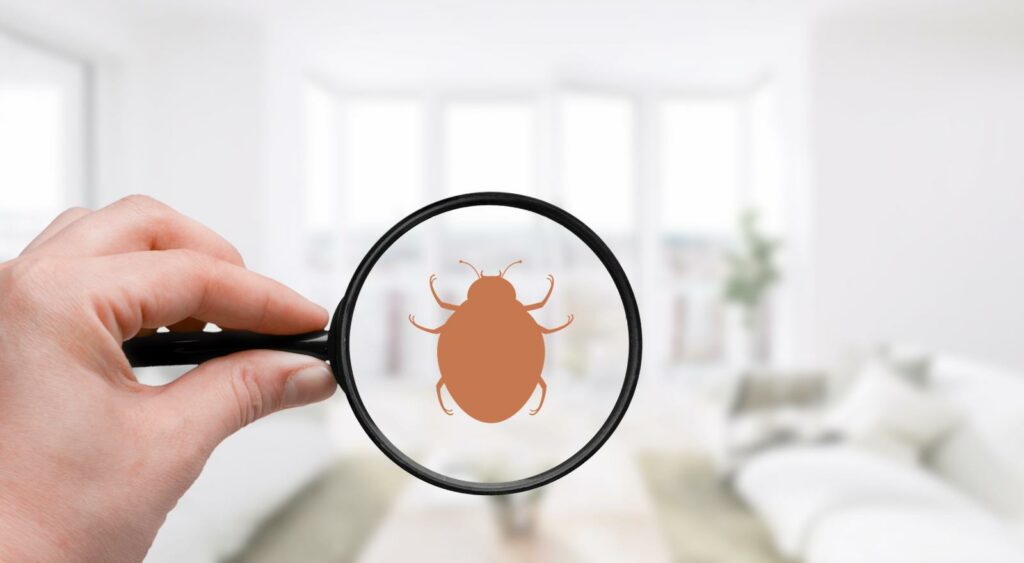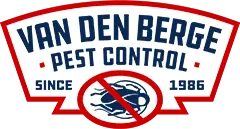
Contents
Whether it’s ants invading your kitchen, bed bugs making your nights unbearable, or cockroaches lurking in the shadows, dealing with these pests can be a real nuisance.
But fear not, because in this discussion, we will explore effective prevention and treatment strategies to help you reclaim your home from these unwanted invaders. By implementing these strategies, you can ensure a bug-free environment and enjoy a comfortable and pest-free living space.
So, let’s dive in and discover how you can keep those bugs at bay!
Key Takeaways
- Be observant and knowledgeable about the signs and characteristics of different pests
- Regularly clean and tidy the home to eliminate potential hiding places for bugs
- Seal entry points around windows, doors, and pipes to prevent bugs from entering
- Consider hiring professional pest control services for effective and long-term treatment
Identifying Common Bug Infestations
To identify common bug infestations, you need to be observant and knowledgeable about the signs and characteristics of different pests. Bug infestation identification is crucial in preventing and treating these unwanted visitors in your home. By knowing what to look for, you can take the necessary steps to eliminate the infestation promptly.
One key aspect of bug infestation identification is understanding the common bug infestation locations. Bugs tend to thrive in areas that provide them with food, water, and shelter. Some of the most common bug infestation locations include kitchens, bathrooms, basements, and attics.
In the kitchen, pests are often attracted to food crumbs and spills, so it’s essential to keep your countertops clean and store food properly.
Bathrooms, with their moisture and warm environment, are ideal breeding grounds for bugs like cockroaches and silverfish. Regularly cleaning and drying your bathroom can help prevent infestations.
Basements and attics are also popular hideouts for bugs due to their dark and cluttered nature. Ensure that these areas are well-organized and that any cracks or crevices are sealed to prevent pests from entering.
Additionally, keeping your home clean, vacuuming regularly, and disposing of trash promptly can significantly reduce the likelihood of bug infestations.
Being observant and proactive in identifying common bug infestations will help you address the issue before it becomes a more significant problem. Remember to keep an eye out for signs such as droppings, shed skins, or unusual smells. If you suspect an infestation, contact a pest control professional who can assess the situation and provide effective treatment options.
Signs and Symptoms of a Bug Infestation
By being vigilant and attentive, you can easily spot the signs and symptoms of a bug infestation in your home. Early detection is crucial in preventing the spread of bugs and minimizing the health risks associated with infestations. Bugs can carry diseases, cause allergic reactions, and damage your property, so it’s important to be aware of the warning signs.
One of the most common signs of a bug infestation is the presence of droppings or feces. These can be found in areas where bugs are known to inhabit, such as near food sources or in dark corners of your home. Keep an eye out for small black or brown pellets, as these may indicate the presence of pests.
Another sign to watch out for is the presence of eggs or egg casings. Bugs often lay their eggs in hidden or hard-to-reach places, such as cracks in walls or furniture. These eggs can be difficult to spot, but if you notice small, oval-shaped objects or tiny white specks, it may be a sign of a bug infestation.
Unusual odors can also be an indicator of a bug problem. Some bugs emit a distinct smell, especially when they’re in large numbers. If you notice a musty or unpleasant odor in certain areas of your home, it could be a sign that bugs are present.
Lastly, physical evidence, such as bite marks or damage to household items, can indicate a bug infestation. Bed bugs, for example, leave itchy bite marks on your body, while termites can cause structural damage to wooden furniture or walls.
Steps to Prevent Bug Infestations
Take proactive measures to prevent bug infestations by implementing effective prevention strategies. By being proactive, you can create a bug-free environment that promotes a sense of belonging and comfort.
Here are some steps you can take to prevent bug infestations:
- Keep your home clean and tidy: Bugs are attracted to clutter and filth. Regularly clean your living spaces, vacuum carpets, and sweep floors to eliminate potential hiding places for bugs.
- Seal entry points: Bugs can enter your home through even the tiniest cracks and crevices. Seal any gaps around windows, doors, and pipes to prevent bugs from finding their way inside.
- Remove sources of food and water: Bugs are drawn to sources of sustenance. Store food in airtight containers, clean up spills promptly, and fix any leaky faucets or pipes to eliminate their access to food and water.
- Maintain your outdoor spaces: Bugs often find their way into your home from the outside. Keep your yard well-maintained, trim vegetation away from your house, and remove any standing water to prevent bugs from breeding and infiltrating your home.
- Use natural remedies and DIY pest control: Instead of relying on harsh chemicals, consider using natural remedies and DIY pest control methods to deter bugs. For example, you can use essential oils like peppermint, lemon, or lavender to repel insects.
Implementing these prevention strategies will help you create a bug-free environment. By taking these proactive steps, you can enjoy a sense of belonging and peace of mind in your home. Remember, prevention is key when it comes to keeping bugs at bay.
Effective Treatment Options for Bug Infestations
Now, let’s explore effective ways to treat bug infestations and eliminate these pests from your home.
When it comes to dealing with bug infestations, there are several options you can consider. If you prefer a more natural approach, there are a variety of remedies you can try before resorting to chemical solutions.
One effective method is using natural remedies, which can help repel and eliminate bugs without harming your health or the environment. For example, peppermint oil is known to repel ants and spiders, while lavender oil can deter mosquitoes and flies. Simply dilute a few drops of these essential oils in water and spray the mixture around your home to keep bugs at bay.
You can also explore DIY solutions to treat bug infestations. One popular DIY method is creating homemade traps using common household items. For instance, a mixture of sugar and borax can be used to attract and kill ants. By placing these traps in areas where you’ve noticed ant activity, you can effectively reduce their population.
Another DIY solution is using diatomaceous earth, a natural powder made from fossilized algae. This powder is highly effective against a wide range of bugs, including cockroaches, bed bugs, and fleas. Simply sprinkle diatomaceous earth in areas where bugs are present, such as cracks and crevices, and let it work its magic.
Hiring Professional Pest Control Services
If you’re facing a stubborn bug infestation that natural remedies and DIY solutions haven’t been able to eliminate, it may be time to consider hiring professional pest control services. While DIY pest control methods have their benefits, such as cost-effectiveness and a sense of accomplishment, professional pest control offers several advantages that can help you get rid of those pesky bugs once and for all.
| Benefits of DIY Pest Control | Cost Effectiveness of Professional Pest Control |
|---|---|
| 1. You have control over the process and can choose the methods and products you prefer. | 1. Professional pest control services have access to advanced equipment and effective chemicals that may not be available to the general public. |
| 2. DIY solutions tend to be more affordable in terms of upfront costs. | 2. Professional pest control services often provide long-term solutions, preventing future infestations and saving you money in the long run. |
| 3. DIY pest control can be a fulfilling experience, giving you a sense of accomplishment. | 3. Professional pest control services offer expertise and experience, ensuring thorough and effective treatment that DIY methods may not guarantee. |
While DIY pest control methods may seem appealing, they often fall short when it comes to dealing with persistent bug infestations. Professional pest control services, on the other hand, bring a wealth of knowledge and resources to the table, ensuring that your home is bug-free and your peace of mind is restored.
Review
By being proactive and implementing preventive measures, you can avoid the nightmare of bug infestations.
Regularly inspecting your surroundings, sealing cracks and crevices, and maintaining cleanliness are key steps in keeping bugs at bay.
However, if an infestation does occur, don’t panic! There are effective treatment options available, and professional pest control services can provide expert assistance.
Remember, with the right precautions, you can make your home a bug-free sanctuary where not even a single ant dares to enter.
Recent Posts
5 Tips for Evaluating Termite Treatment Costs
When it comes to evaluating termite treatment costs, you need a strategic approach. Understanding the
Comparing Termite Treatment Costs: A How-To Guide
When you’re faced with a termite infestation, understanding treatment costs is vital for effective management.
Understanding Exterminator Costs for Mosquito Control
Imagine you own a large backyard and decide to hire a mosquito exterminator. You might
